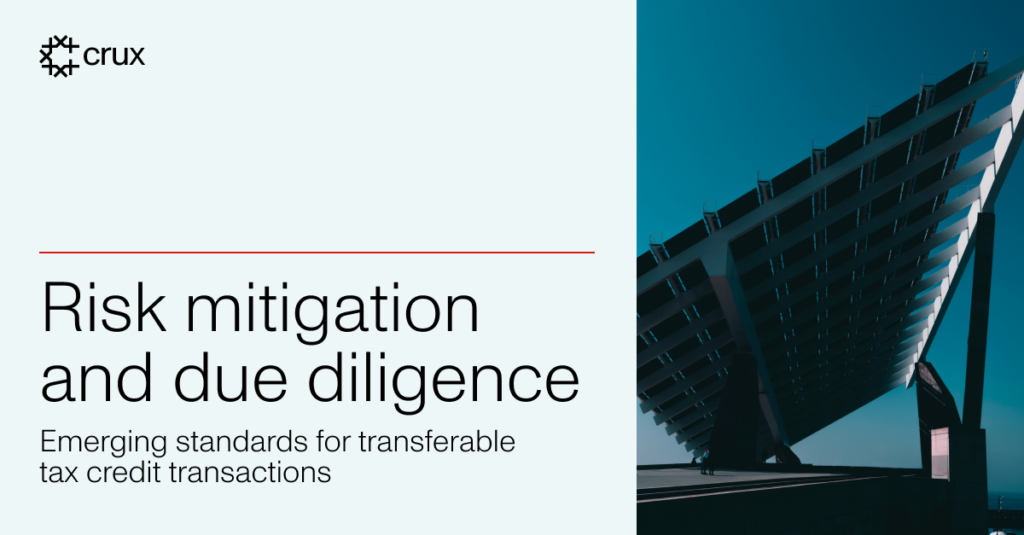Renewable, distributed resources make a large interconnected grid more valuable
Electricity is the lifeblood of the modern U.S. economy, yet much of America’s electric grid is outdated and in dire need of investment and expansion to bring it into the 21st Century. The American Society of Civil Engineers recently gave America’s electricity infrastructure a mark of “D+,” and grid congestion and power outages cost American businesses billions of dollars each year.
To better understand the best way to update and invest in the grid, and any associated consumer benefits, we undertook a literature review that examines building out the country’s transmission infrastructure. This paper finds investing in upgrading and expanding America’s transmission system will improve electric reliability and resiliency, reduce electricity costs for consumers, bolster national security, reduce environmental impacts, and create jobs and economic development. Dozens of studies confirm that an investment in transmission will pay for itself many times over
Key findings:
- Expanding the current transmission system network could save consumers as much as $47billion annually – a roughly 10% reduction in electric bills.
- Upgraded transmission networks have been proven to reduce consumers’ bills through reduced congestion costs. By expanding transmission, the New England grid operator reduced congestion costs from $600 million per year under $100 million annually following upgrades.
- Regional power providers have found transmission investments provide benefits 2-4 times greater than their costs.
- Strengthening the grid by adding network paths significantly increases the system’s resilience to damage and prevents power outages.
- Kansas utility Westar has seen a 40% reduction in transmission-related customer outages as it expanded its grid.
- A more robust grid helps protect against and recover from all types of unexpected events, including deliberate attacks on our infrastructure, while a weak and congested grid makes the system vulnerable to disruption.
- Infrastructure redundancy and regional diversity, both key benefits of transmission expansion, limit the threat posed by cyberattacks.
- Transmission expansion is even more essential with the growth of technologies such as distributed solar, energy storage, and electric vehicles.
- Significantly increasing our use of solar power, whether utility-scale or distributed,requires a strong transmission system.
- Battery storage, demand response, and other new technologies are valuable complements to transmission, but cannot substitute for transmission’s ability to move large amounts of power long distances.
- Electrification of transportation and building and water heating is also increasing the demand for a strong transmission system.




